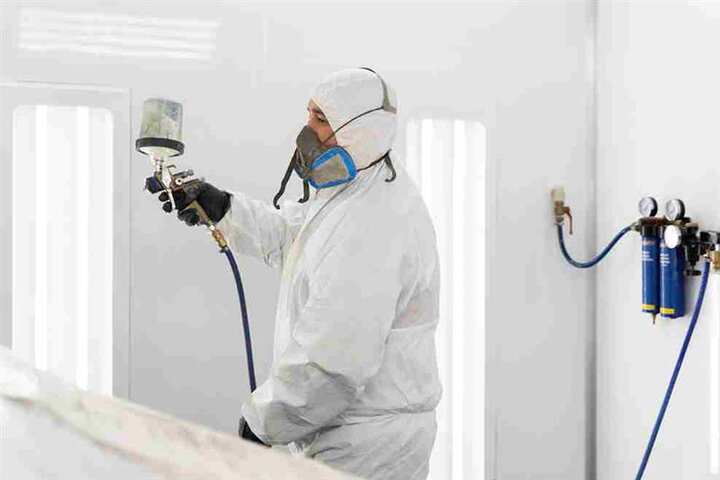
Why Indoor Air Quality Testing Services in Akron Are Essential for Your Health
Akron, Ohio, nestled in the industrial heart of the United States, faces distinct challenges concerning indoor air quality. While renowned for its rich history and vibrant community, Akron, like many urban areas, contends with pollution stemming from manufacturing processes, vehicular emissions, and even household sources. These factors contribute to a pressing need for reliable indoor air quality testing services in the region. Understanding these services' implications on public health is crucial for Akron's residents.
The Significance of Air Quality in Akron
The quality of air we breathe directly impacts our health, wellbeing, and day-to-day living. In urban centers like Akron, where industrial activities are prevalent, the risk of indoor air pollution is heightened. According to the U.S. Environmental Protection Agency (EPA), indoor air pollution can sometimes exceed outdoor levels due to a concentration of pollutants indoors. This calls for immediate attention, awareness, and action by Akron residents.Understanding Indoor Air Quality Testing
Indoor air quality testing is a process by which the presence of harmful pollutants in the air, such as volatile organic compounds (VOCs), mold spores, and allergens, are identified and measured. The data obtained from these tests help homeowners and businesses make informed decisions about improving air quality. These improvements can involve enhancing ventilation, adjusting heating and cooling systems, or employing air purification technologies.Common Indoor Air Pollutants in Akron
Akron's unique geography and industrial backdrop introduce various pollutants into indoor environments:- Mold Spores: Akron's humid climate can promote mold growth, which can exacerbate respiratory conditions.
- Volatile Organic Compounds (VOCs): Emitted from paints, cleaning products, and other household items, VOCs affect breathing and can cause long-term health issues.
- Allergens: Pollen and dust mite allergens can circulatet, posing risks to individuals with asthma and allergies.
The Health Impact of Poor Indoor Air Quality
Exposure to unhealthy indoor air has been linked to a range of health problems. The Centers for Disease Control and Prevention (CDC) reports that poor air quality can lead to respiratory diseases, heart conditions, and a decrease in life expectancy. Children, the elderly, and those with pre-existing health conditions are particularly vulnerable.Benefits of Indoor Air Quality Testing Services
Opting for indoor air quality testing provides several benefits:- Health Protection: Identifying harmful elements in the air can prevent exposure-related health issues.
- Enhanced Living Environment: Testing allows homeowners to optimize their home environment for better air quality.
- Peace of Mind: Knowing the air in your home is healthy can relieve anxiety about health risks.
Credible Sources Supporting the Need for Testing
Trusted sources and scientific studies back the need for air quality testing:- The World Health Organization (WHO) identifies indoor air pollutants as significant contributors to global respiratory diseases.
- Studies published in Harvard Health Publishing show correlations between poor indoor air quality and increased rates of asthma and allergies.
Challenges in Ensuring Optimal Air Quality
Despite the clear importance of good air quality, several challenges hinder efforts:- Lack of Awareness: Many residents are unaware of the risks associated with poor air quality.
- Financial Constraints: Investing in air quality improvements can be costly for some households.
- Regulatory Gaps: Inadequate regulations can lead to uneven implementation of air quality standards.
Solutions and Best Practices for Akron Residents
Residents can improve their indoor air quality through measures such as:- Regular maintenance of HVAC systems to ensure proper ventilation.
- Utilizing air purifiers to reduce indoor pollutants.
- Frequent testing to identify and mitigate any air quality issues.